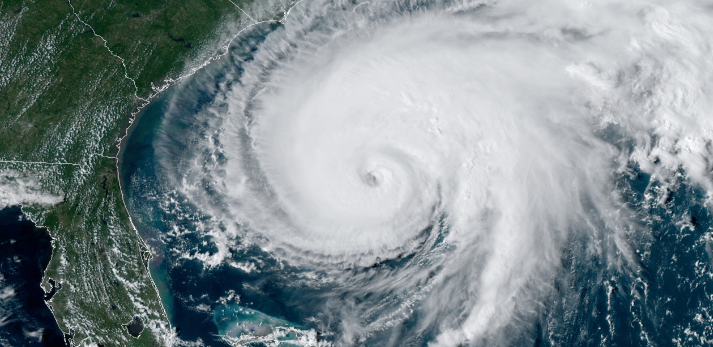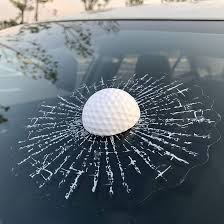Popular Types of Impact Windows for Your Florida Home

If you live in Florida, your home may benefit from installing impact windows. In fact, the Florida Building Code (FBC) requires your windows to be impact-resistant or protected if your home is located within one mile of a coast where wind speeds reach 110mph or greater.
Of course, even if you don't live in an area where the FBC mandates impact-resistant windows, it may be in your best interest to install them next time you need to purchase replacement windows.
Impact windows are specifically designed to withstand the extreme wind and rain of hurricanes and the impact of any debris that may hit your window during a storm.
The defining features of impact windows include:
- Two panes of shatter-resistant glass
- An adhesive layer that holes the two panes of glass together
- A strong metal, vinyl, or wooden frame
In addition to being able to withstand hurricanes, impact windows can also make your home more energy-efficient.
A non-impact window is responsible for 25% to 30% of your home's heating and energy usage. Impact windows are much more energy-efficient, due to them having two panes of glass bonded with a special interlayer of clear polyvinyl butyral. This makes it more efficient because the heat and cold air cannot transfer from the outside into the inside and vice versa.
There are 5 different types of impact windows on the market:
Each style of impact window has its pros and cons.
Double Hung
Double-hung impact windows are the most common window design. They feature two large frame units surrounded by glass panels that slide up and down. Double-hung windows are most often found in classic homes with traditional styling.
They come in a variety of different styles, are reasonably priced, easy to slide open and closed, and don't collect a lot of dirt.
The downside of double-hung windows is the springs and cords wear out over time, and they require maintenance and upkeep.
Single Hung
A single-hung impact window is very similar to a double-hung window. They both have two separate frame units.
The main difference between a single hung and double-hung window is that the top frame of a single hung window is fixed in place, and only the lower frame can be moved up or down.
Single-hung windows also tend to be slightly more affordable than double-hung windows.
Because they are so similar, single-hung windows have the same pros and cons as double-hung windows. It comes down to your style preference and budget.
Casement
Casement windows open horizontally. They are mounted on one side and use hinges to pivot opened and closed like a door.
Casement windows are the second most popular type of impact windows (second only to double hung windows) and are considered a more modern style of window.
In fact, casement windows are widely considered better than double-hung windows because their seal is so tight your home doesn't experience drafts. You can also position your window to catch and direct a cooling breeze into your home.
There aren't many downsides to casement windows, but there are a few things you need to be aware of.
If your window is fully extended, there is a chance your window will break off in the window. The cranking mechanism to open and close the window also wears out over time and can stop working.
Fixed/Picture
A fixed/picture window is a window that does not open or close and is fixed in place in a window frame. They are used to provide a view or natural light in areas where ventilation is not needed.
Fixed windows are permanently sealed, so they are more energy-efficient than other types of impact windows. They also tend to be the least expensive style of the window since they don't require any moving parts.
The downside of fixed windows is they cannot be opened. There is no way to let fresh air in, and it can be difficult to escape through a fixed window in an emergency.
Sliding Glass
Sliding glass windows feature a simple but effective design that consists of side-by-side windows that slide horizontally along tracks at the top and bottom of the window frame.
They are an excellent choice in areas where the window is being opened and closed frequently throughout the day.
Sliding glass windows don't have a cranking feature, so they are more durable than most other styles of impact windows. They are also one of the least expensive options due to their simple design.
On the other hand, sliding glass windows tend to collect a lot of dirt, dust, and debris. They are also limited in the sizes and shapes that are manufactured, so you can't find a sliding glass window to fit every space.


